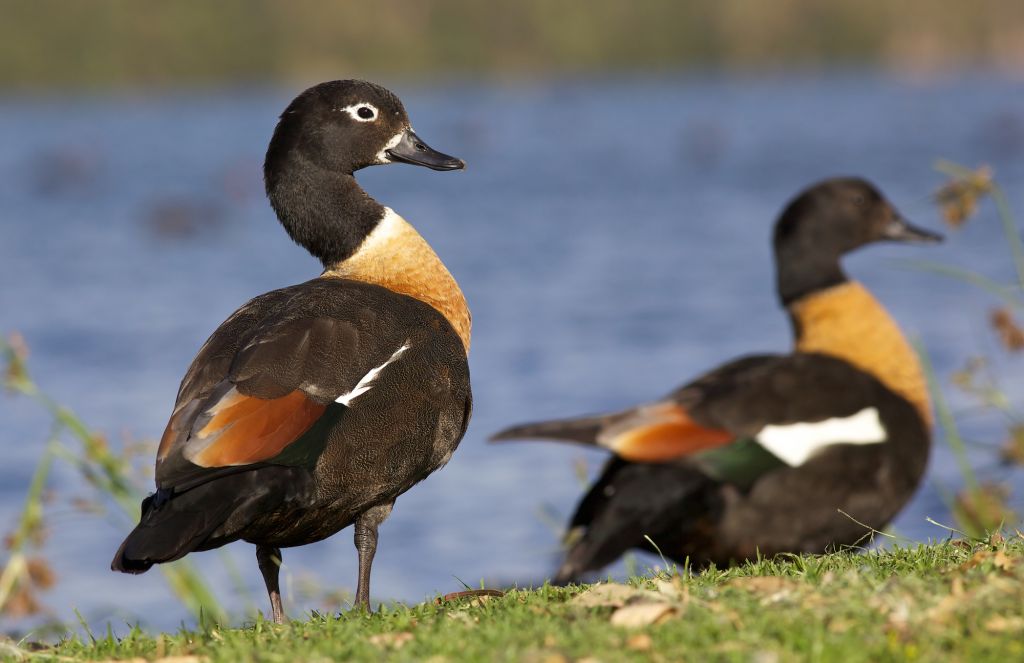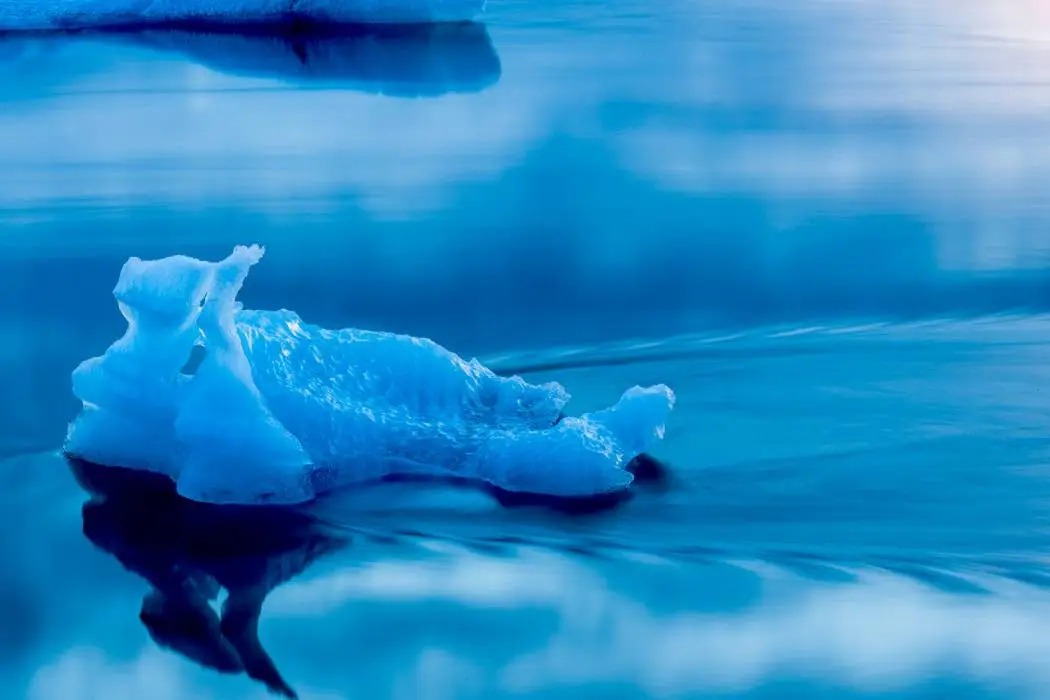7 Great Places to Go Birdwatching in Australia

Original content owned & copyrighted by Green Global Travel.
This post is brought to you in partnership with Australian Wildlife Journeys. But our opinions remain our own, and we will never compromise the integrity of our responsible travel mission.
The continent of Australia (a.k.a. “the Land Lanugo Under”) is legendary for its wildlife.
Dangerous critters like crocodiles and venomous snakes get a lot of press, but there are moreover cuddly critters such as kangaroos, koalas, and quokkas.
But let’s not forget that the continent is moreover home to an incredible variety of native and theirs Australian birds that should excite birdwatchers all virtually the world.
With habitats ranging from lush tropical rainforests and temperate riverine ecosystems to the hyper-arid interior deserts, the birds of Australia are diverse and fairly easy to find.
Many worldwide Australian birds are exotic to visitors. Everyday Australian native birds include Pink Cockatoos, laughing Kookaburras, and Rainbow Lorikeets. Water birds like the Australian Ibis and the Australasian Swamphen are fun to spot as well.
The Australia bird guide has some familiar names, including 11 species of Australian owls and an Australian Bush Turkey. There are over 20 variegated species of Australian pigeons, some of which are incredibly vibrant!
In other words, birdwatching in Australia can be a rich wits for ventriloquist bird enthusiasts, and a highly rewarding trip for serious birders with a checklist to fill out.
Read on for our guide to 7 incredible trips centered virtually watching birds and other Australian animals, which was created in partnership with Australian Wildlife Journeys, a joint of local eco-tour operators.
Birdwatching in Australia Guide
- Bremer Bay
- Eyre Peninsula
- Far North Queensland
- Kakadu National Park
- Mungo National Park
- Murray River
- Tasmania Mt Field National Park/Cradle Mountain National Park

Birdwatching in Bremer Bay, photo via Naturaliste Charters
1. Birdwatching in Bremer Bay
Bremer Bay, which is home to the underwater Bremer Canyon, has the stardom of stuff one place in Australia where visitors can regularly encounter Orcas (a.k.a. Killer Whales).
There are loads of other aquatic mammals to see there, including three types of dolphins, three types of whales, Australian Sea Lions, and New Zealand Fur Seals.
The zone is moreover an wondrous place for pelagic bird watching in Australia. Local birds like Flesh-footed Shearwaters and Great-winged Petrels are wontedly seen.
As for migratory sea birds, there are a number of responsibility species, including the Yellow-nosed, Black-browed, Shy, Amsterdam, and Chatham Albatross.
Experienced guides can help with Australian bird identification challenges, recognizing behaviors that are peculiar to each bird species in order to ID them.
For example, Storm Petrels tend to patter wideness the top of the water as if walking on it, giving them the nickname “Jesus birds.”
Naturaliste Charters offers an 8-hour Bremer Canyon Killer Whale Expedition, with an eye out for large mammals as well as seabirds.
Every tour is led by an accredited marine biologist, and Orcas are spotted a whopping 95% of the time!

Eyre Peninsula Birdwatching, photo via Australian Costal Safaris
2. Birdwatching in Eyre Peninsula
When you think of coastal Australia, it’s easy to get unprotected up in the excitement of Unconfined White Sharks and Humpback Whales (not to mention the Unconfined Barrier Reef).
But let’s not forget the hundreds of Australian bird species that can be seen there, particularly withal the Southern Eyre Peninsula.
The Eyre Peninsula is the seafood hub of Australia, with prize catches like Green-lipped Abalone, Scallops, Prawns, and Oysters. It’s moreover got big fish and sea mammals, plus some 270 species of Aussie birds enjoying all this aquatic bounty.
The shrublands, coastal dunes, sandflats, salt marshes, and clifftops of the Eyre Peninsula are home to sea birds such as Osprey, White-bellied Sea Eagles, as well as various other raptors. There are moreover myriad ducks, cormorants, and oystercatchers.
Further inland, birds such and Parrots, Blue-breasted Fairy Wrens, Emus, Western Yellow Robins, and increasingly find their homes in the bushes and rocks.
Australia Coastal Safaris hosts 3-day, 2-night tours known as the “Southern Eyre Peninsula Birdwatching” charter.
These tours moreover include Mikkira Station, where Australian birds and wild Koalas are plentiful, as well as a trip to Coffin Bay for fresh oysters and a wildlife cruise.

Birdwatching in Far North Queensland, photo via FNQ Nature Tours
3. Birdwatching in Far North Queensland
Far North Queensland is home to the world’s oldest rainforest, which is protected as Daintree Rainforest National Park.
It moreover has some serious natural eyeful in the Atherton Tablelands, Crater Lakes, and Cape Tribulation.
Birds of Australia highlights in this region include Fruit Doves, Bowerbirds, Kingfishers, Riflebirds, Parrots, and Cockatoos. The zone is moreover home to the endangered Southern Cassowary.
In wing to birds, Northern Queensland is an spherical winner for spotting wildlife. It has the most mammal diversity on the continent, not to mention Saltwater Crocs, Boyd’s Forest Dragons, crazy frogs, and electric undecorous Ulysses Butterflies.
FNQ Nature Tours offers a 10-hour Tropical Wetlands Birdwatching trek to Shared Earth Reserves on Cape York.
It has some 5,000 acres of lakes, swamps, creeks, and old-growth savanna woodland with increasingly than 450 bird species, which is increasingly than half the total number of Australian bird species!

Kakadu National Park Birdwatching, photo via Lords Kakadu & Arnhemland Safaris
4. Birdwatching in Kakadu National Park
Located in the Northern Territory of Australia, the UNESCO World Heritage-listed Kakadu National Park is the second largest of all national parks in Australia.
These parklands are still largely owned by the Aboriginal people, and are home to 19 variegated clan groups. This region has been occupied by Aboriginal people for increasingly than 65,000 years.
The park maintains an impressive concentration of over 280 species of birds in its estuaries, wetlands, woodlands, and rainforest. Well-nigh one-third of Australia’s bird species can be found here.
Iconic species you may see during your visit include Magpie Geese, Black-necked Storks, Brolga, Wandering Whistling Ducks, Azure and Forest Kingfishers, White-bellied Sea Eagles, and more.
Rare species such as the endangered Gouldian Finch, Red Goshawk, Partridge Pigeon, Hooded Parrot, and Rainbow Pitta are other highlights to squint for in the park.
Lords Kakadu & Arnhemland Safaris features three-day, two-night private charters for their Kakadu Birding Tour. It explores floodplains, paper yelp swamps, savannah woodlands, monsoonal rainforests, and river mangroves for primo bird spotting.

Birdwatching in Mungo National Park, photo via Echidna Walkabout Nature Tours
5. Birdwatching in Mungo National Park
Mungo National Park is part of the Willandra Lakes World Heritage Region.
The zone was home to the famed Mungo Lady and Mungo Man, whose 42,000-year-old remains were discovered on the shores of Lake Mungo virtually 50 years ago and are the oldest human remains overly found in Australia.
Part of New South Wales, this huge slice of the Aussie Outback is teeming with Kangaroos and Emus, the National Bird of Australia.
The red sand dunes, ecosystems surrounding the Murray and Darling Rivers, and well-worn landscape virtually Lake Mungo are home to a very special hodgepodge of wildlife and birds.
Pink cockatoos in this zone can steal the show, as they move well-nigh in huge flocks. There are moreover several species of parrots, including Mulga, Red-rumped, Blue-bonnets, and Mallee Ring-necked Parrots.
The theirs Chestnut-crowned Babbler is flipside avian highlight. Meanwhile, raptors like the Wedge-tail Eagle are keeping an eye out for lizards basking on the rocks below.
Echidna Walkabout Nature Tours hosts 4-day, 3-night Private Mungo Outback Journeys virtually the Murray-Darling River and Lake Mungo ecosystems.
Travelers moreover get a endangerment to help alimony track of Australian birds and other wildlife by recording encounters for Citizen Science wildlife conservation efforts.

Murray River Birdwatching, photo via Murray River Trails
6. Birdwatching in Murray River
Stretching over 2,500 kilometers (1,550 miles), the Murray River is Australia’s longest.
It runs through the southeastern corner of the continent, starting in the Australian Alps and forming the verge between Victoria and New South Wales.
The river’s ecosystems part-way virtually floodplains and riverine forests, and the place is practically teeming with wildlife.
Endemic Australian animals like Wallabies, Wombats, Kangaroos, Koalas, and Echidnas are all found withal the banks of the river.
As with most waterways, birds moreover love the Murray River. Australian Pelicans, Black Swans, and Royal Spoonbills are some unconfined water birds to spot. Other avian species spotted there include Parrots, Honeyeaters, Rainbow Bee-eaters, and Kites.
Murray River Trails has an wondrous Murray River Safari that allows visitors to explore the river and see its wildlife. Tours include yachting the backwaters, guided walks, an outback drive, and a pontoon cruise.
The hub for the trip is a luxury houseboat, where guests enjoy upscale catered dinners and local Australian wines.

Birdwatching in Mt Field National Park, photo via Premier Travel Tasmania
7. Birdwatching in Tasmania (Mt Field National Park/Cradle Mountain National Park)
For serious birdwatchers, birding tours of Australia should really include a trip lanugo to Tasmania.
The terrain (getting to alpine) and climate (there’s an ice cap!) shifts so dramatically here that increasingly than 60% of the area’s animals are found nowhere else in the world!
Of the 260 species of birds on the island, there are 12 Australian birds theirs to Tasmania.
This includes three types of Honeyeaters, the Scrubtit, the Tasmanian Scrub Wren, and the Tasmanian Thornbill. The Tasmanian Native Hen is a wild version of domestic hens, and the Green Rosella is a uniquely Tasmanian parrot species.
Tasmania moreover has a denser hodgepodge of wetlands than any other Australian state.
That ways there are plenty of water birds to see, including Pied Oystercatchers, White-faced Herons, Pacific Black Ducks, and more. Along the coastline, Black-browed Responsibility and plane Penguins are possibile sightings.
Premier Travel Tasmania offers guided trips that include 1-Day Birdwatching Mt Field National Park and 5-Day Tasmania’s Wild West tours.
Mt Field is home to 11 of the uniquely Tasmanian bird species. The Wild West tour includes a trip to Cradle Mountain National Park, as well as exploring the tall region and west coast.
Birding in these wild locations offers the opportunity to see hundreds of Australian bird species, so you’ll have plenty of time overdue the binoculars!


.webp)





.jpg)


.jpg)
.jpg)

.jpg)

.avif)

